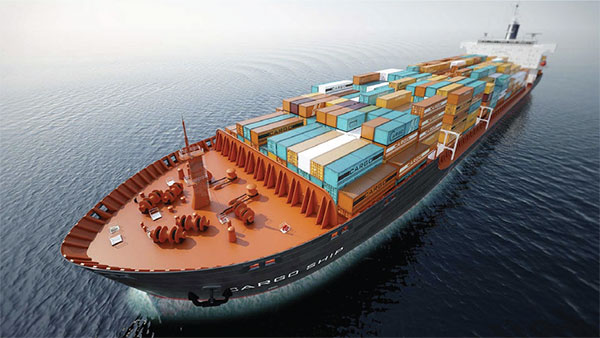 Before the advent of shipping containers, freight transportation was a chaotic landscape of manual handling, delays, and inefficiencies. Goods were shuffled between various modes of transport, often leading to damage, theft, and increased costs. However, the introduction of standardized shipping containers didn’t just revolutionize the industry, it completely transformed it, streamlining processes and accelerating global trade.
Before the advent of shipping containers, freight transportation was a chaotic landscape of manual handling, delays, and inefficiencies. Goods were shuffled between various modes of transport, often leading to damage, theft, and increased costs. However, the introduction of standardized shipping containers didn’t just revolutionize the industry, it completely transformed it, streamlining processes and accelerating global trade.
The concept of container shipping traces back to the late 18th century in Britain, when containers were used for rail and horse-drawn transport. By the 1830s, railways were already transporting containers suitable for multiple modes of transportation. During World War II, the U.S. Army utilized standard-sized containers, laying the groundwork for widespread adoption in the post-war era.
The pivotal moment in the history of shipping containers came in 1956 when Malcolm McLean, an American entrepreneur, introduced the first standardized container. McLean, the owner of the largest trucking company in the United States at the time, wasn’t just a businessman. He was a visionary. He recognized the inefficiencies of traditional cargo handling methods and envisioned a seamless intermodal transportation system.
Observing the labour-intensive process of loading and unloading cargo at docks, McLean realized the potential for a standardized container that could be easily transferred between different modes of transport. After acquiring the Pan Atlantic Tanker Company, he began experimenting with containerized shipping, culminating in launching the first container ship, the Ideal X, in April 1956.
The introduction of standard shipping containers brought about a paradigm shift in the logistics industry, transforming how goods were transported globally. The benefits were manifold. Shipping containers provided a secure and sealed environment for cargo, reducing the risk of theft and damage during transit. Adopting containerization drastically reduced the need for manual labour in loading and unloading cargo, leading to the automation of port facilities and the proliferation of container terminals worldwide.
Standardized shipping containers streamlined the shipping process, resulting in faster transit times and lower costs for international trade. Less than four decades after McLean’s invention, container shipping accounted for approximately 90% of the world’s cargo, underscoring its profound impact on global commerce. Containerization became synonymous with globalization, facilitating goods’ rapid and cost-effective movement across borders.
Since its inception, the standard shipping container has undergone significant evolution to meet the demands of the 21st-century supply chain. Today, modern containers come in various types tailored to specific cargo requirements. Car containers enable the transportation of multiple vehicles in a single unit, while refrigerated containers facilitate the shipment of perishable goods such as pharmaceuticals and food. Shipping containers have advanced locking mechanisms and wireless security systems to prevent theft and unauthorized access.
In response to growing environmental concerns, shipping companies have not just adapted. They have innovated. They have developed eco-friendly containers that minimize carbon emissions and promote sustainability. The standard shipping container remains one of the most enduring and transformative inventions in the history of transportation. Its continued evolution is a testament to the industry’s commitment to efficiency, security, and sustainability. As we look to the future, the humble container will undoubtedly continue to shape the course of international trade and commerce.